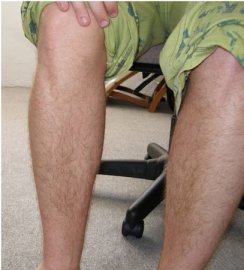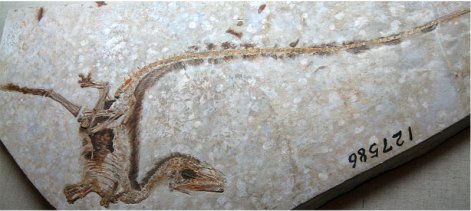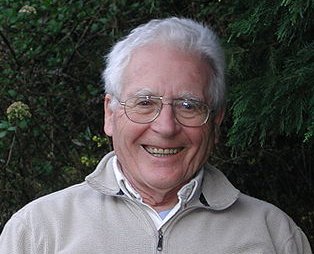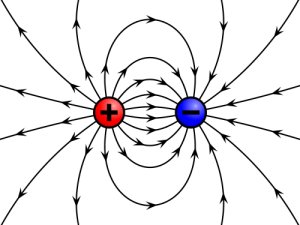One of the fascinating things about science is that its conclusions are constantly changing. Because of new experimental techniques and closer investigation, many “scientific facts” that I was taught at university are now known to be false. This makes science interesting, to say the least! As someone who has published original research that has drawn conclusions regarding the nature of the atomic nucleus, I often wonder how long it will take for some of those conclusions to be demonstrated false!
In a previous post, I discussed Bateman’s Principle, which some evolutionists considered to be a scientific law. However, we now know that not only is Bateman’s Principle not true in many, many species, it was also based on faulty experiments. In the course of the discussion that followed, a commenter mentioned another scientific “law” that is probably wrong – the idea that a woman is born with all the egg cells she will ever have. I decided to look into this topic, and I was amazed at what I had missed in the course of my normal scientific reading. Thank you, Shevrae, for alerting me to the new advances in this area.
In case you didn’t have a detailed course on human anatomy and physiology, you might not know that it has been considered a scientific fact since the 1950s that when a woman is born, she has all the egg cells she will ever have. This “fact” is based on some really good research. During the fourth month of development in the womb, it has been shown that female babies start producing oogonia, which are cells that start to develop into egg cells. However, they are stopped early in their development and are surrounded by a protective layer of cells. This structure (the cell that is “frozen” in development and its protective case) is called a primordial follicle.
When a woman is born, she has hundreds of thousands (sometimes millions) of primordial follicles in each ovary, but some degenerate during childhood. When she reaches puberty, she generally has about 400,000 primordial follicles in her ovaries. After puberty, hormone cycles regularly cause some of the primoridal follicles to continue development. The nature of the protective cell layer changes, and the cell inside the protective layer continues its development into an egg cell. Interestingly enough, however, the process will not fully complete unless the developing egg cell is fertilized by a sperm. If no fertilization takes place, the cell that has been developing dies without ever forming a true egg cell.
All of the above statements are (as far as we can tell) true. Based on these facts, it has been taught for more than 60 years that since a woman starts out with hundreds of thousands of primordial follicles when she is born, she never makes any new ones. Thus, a woman is born with all the potential egg cells she will ever have. New research indicates that this conclusion is false.
Continue reading “Another “Fact” I Was Taught Bites the Dust”






